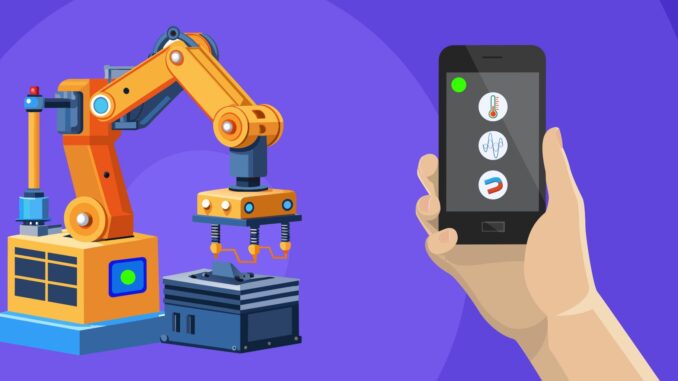
We are surrounded by an ever-growing army of smart devices. From our toasters to our cars, the Internet of Things (IoT) is quietly weaving itself into the fabric of our daily lives. But what if these devices could do more than just collect data and obey our commands? What if they could transact with each other, creating a vast, autonomous economy of machines? This is the promise of the Machine-to-Machine (M2M) economy, and Directed Acyclic Graphs (DAGs) may be the technology that finally brings it to life.
For the M2M economy to flourish, it needs a transactional backbone that is fast, scalable, and virtually feeless. Traditional blockchain, with its block times and transaction fees, is simply too slow and expensive for the kind of high-frequency, low-value transactions that will characterize the M2M economy. Imagine your electric car having to pay a transaction fee every time it charges itself at a public station, or your smart fridge paying for a milk delivery. The costs would quickly add up, making the system impractical.
This is where the unique properties of DAGs come into play:
- Feeless Microtransactions: Many DAG-based cryptocurrencies, like IOTA, are designed to be feeless. This is because the act of making a transaction also contributes to the security of the network by validating other transactions. This feeless nature is a game-changer for the M2M economy, as it makes it economically viable for devices to transact with each other for fractions of a cent.
- Scalability for a Connected World: The number of IoT devices is projected to reach into the tens of billions in the coming years. A transactional network for these devices must be able to handle an enormous volume of transactions. DAGs are inherently more scalable than blockchains. In fact, their performance often improves as the number of transactions increases, as there are more nodes to validate transactions.
- Offline Transactions: In many IoT scenarios, devices may not always have a stable internet connection. Some DAG protocols are being designed to allow for offline transactions that can be later reconciled with the main network. This is crucial for applications like autonomous vehicles, which need to be able to transact with each other even in areas with poor connectivity.
The realization of a true M2M economy will also require a sophisticated legal and contractual framework, and this is where the world of blockchain smart contract development will intersect with the world of IoT. Smart contracts will define the rules of engagement for these autonomous machine-to-machine interactions. For example:
- An electric vehicle’s smart contract could automatically negotiate and pay for charging with a charging station’s smart contract.
- A smart home’s smart contract could automatically order and pay for groceries when supplies run low.
- A factory’s machines could use smart contracts to autonomously order new parts or schedule maintenance.
The road to a fully-fledged M2M economy is still long, and there are many challenges to overcome, from security to standardization. However, the combination of DAG technology and advanced smart contracts provides a powerful vision for a future where our devices are not just passive tools, but active participants in a new, autonomous economy. The silent transactions of the M2M economy may soon become the hum of a more efficient and connected world.

Leave a Reply